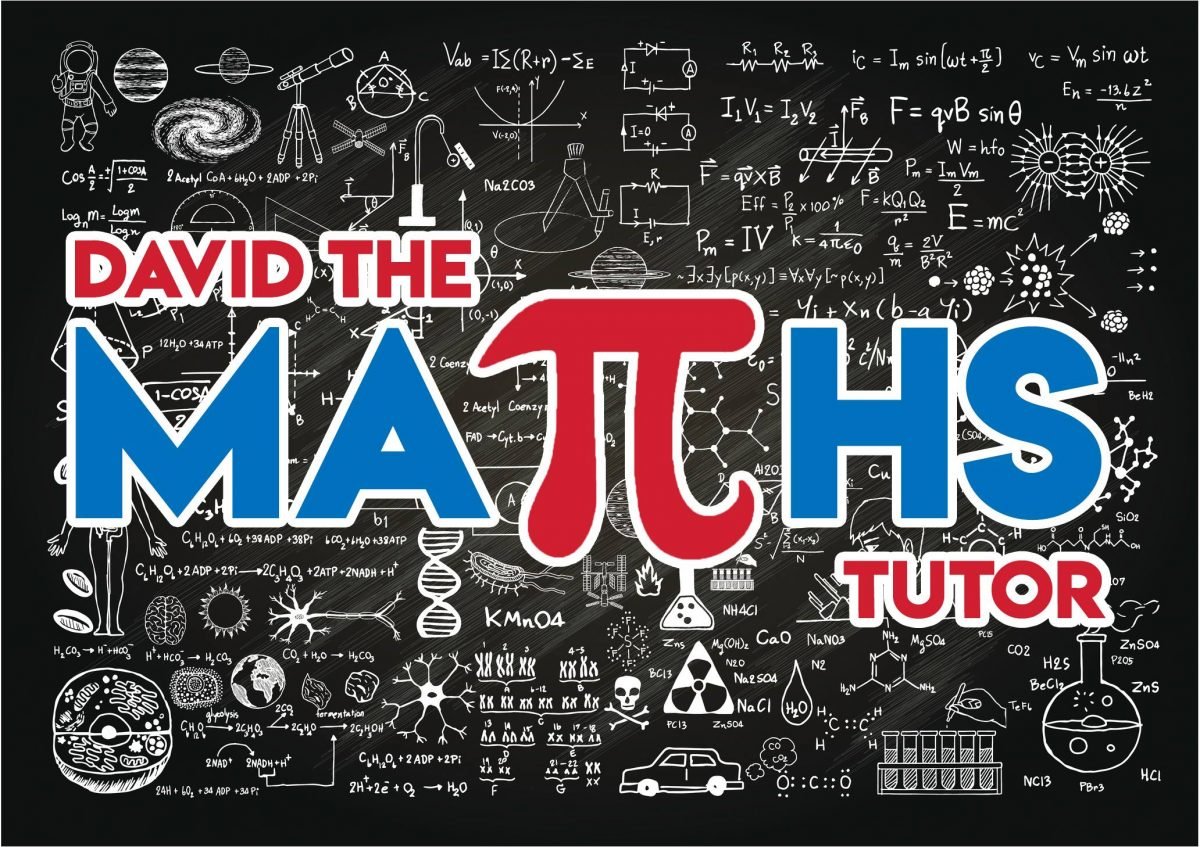The equations that I have solved so far, have been equations with one unknown (variable). Suppose we have two unknowns in a problem and wish to solve for both. There is a rule in maths that you have to have the same number of equations as the number of unknowns if you are to solve for all unknowns. These equations need to be independent. what do I mean by that?
Suppose I need to find two numbers that add up to 108. In equation form, I want to find x and y such that x + y = 108. So I need another piece of information (equation) if I need a specific solution. Suppose you say “I can get another equation by just multiplying both sides of the given equation by 2: 2x + 2y = 216.” The problem here is that this second equation depends on the first equation. This is what I meant by “independent”. The second equation must be completely new information.
So let’s say that these two numbers must also have a difference of 38 : x – y = 38. This is a completely new (independent) requirement. So we now have the two equations:
x + y = 108
x – y = 38
So what two numbers satisfy these two requirements? There are two main methods for solving this: Substitution and Elimination. Actually, there is a third method which uses matrices, but I will explain what a matrix is and how to use it in a subsequent post. Let’s first talk about the substitution method.
The substitution method is basically inserting information from one of the equations into the other equation. Let’s solve the second equation for x. That is, use algebra to get x on one side and everything else on the other side. If I add y to both sides of the second equation, I get
x – y + y = 38 + y ⟹ x = 38 + y
Now put this definition of x into the first equation. That is, replace x in the first equation with what x is equal to from the second equation:
x + y = 108 ⟹ 38 + y + y = 108 ⟹ 38 + 2y =108
Notice that this new equation, which combines the information of the two equations into one, is a single equation with a single unknown. This can now be solved with the techniques we have seen before:
38 + 2y =108 ⟹ 2y = 108 – 38 = 70 ⟹ y = 70/2 = 35
So y is 35. You can now use this solution into any of the equations involving x and y, then solve for x. Let’s use x = 38 + y:
x = 38 + y = 38 + 35 = 73
So the two numbers are 35 and 73. They both add up to 108 and subtract to equal 38.
I’ll start the next post doing another example.
